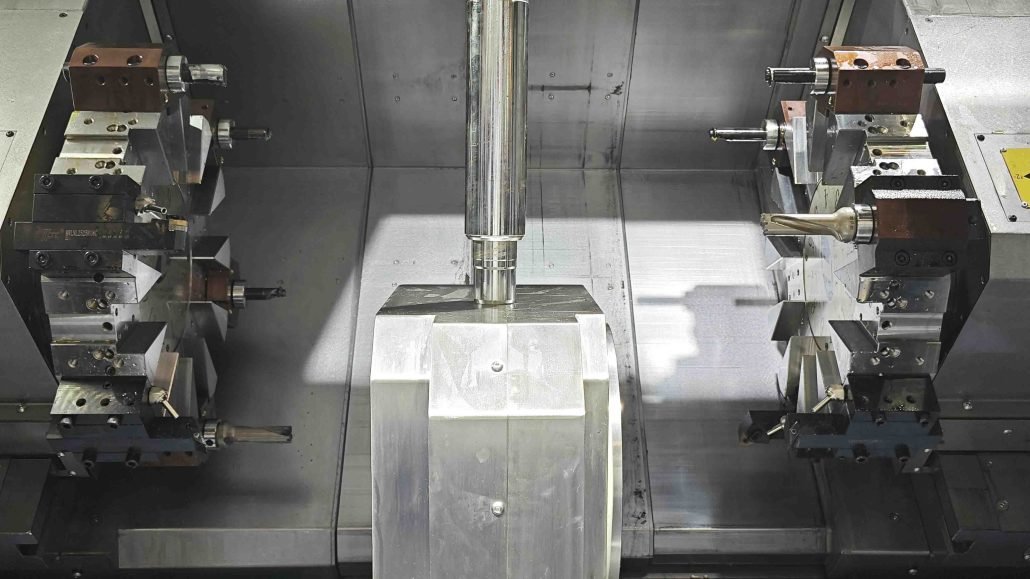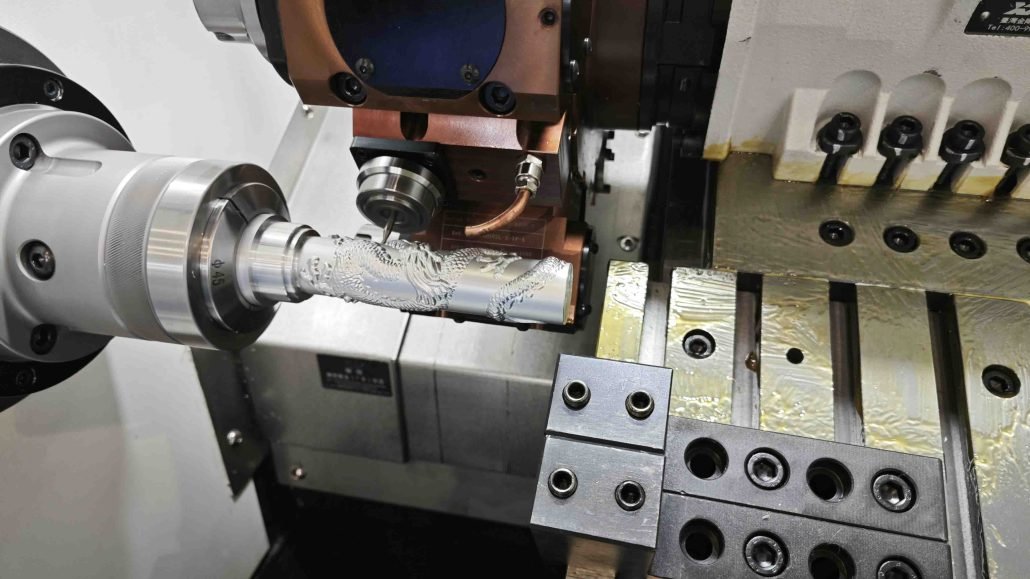CNC (Computer Numerical Control) machining is a manufacturing process that uses pre-programmed computer software to control the movement of tools and machines. This process allows for precise and accurate cuts, shaping, and drilling of various materials, including metal, plastic, and wood. In CNC machining, tooling plays a crucial role in the quality of the finished product. Therefore, understanding the basics of tooling is essential for any machinist or engineer involved in CNC machining.
What is Tooling in CNC Machining?
Tooling refers to the cutting tools used in CNC machining to shape, cut, and drill the material. These tools are carefully selected based on the material being worked on and the desired outcome. The selection of the right tool for the job is crucial for achieving the desired result.

There are many types of tooling available for online CNC machining, and each type has its specific purpose. The most commonly used ones include end mills, drills, taps, and reamers. End mills are used for cutting flat surfaces, contours, and pockets. Drills are used for creating holes in the material, while taps are used for threading holes. Reamers are used for smoothing and enlarging holes. Each type of tool has its unique characteristics that make it suitable for specific applications.
Tooling Materials
The material used for tooling depends on the type of tool and the material being machined. Carbide, high-speed steel, and cobalt are the most commonly used materials for tooling. Each material has its unique properties that make it suitable for specific applications. For example, carbide is known for its hardness and durability, making it ideal for cutting through hard materials such as steel. High-speed steel is a popular choice because of its ability to withstand high temperatures and maintain its shape. Cobalt is another popular choice for tooling because of its resistance to wear and tear.
Tooling Design
The design of the tooling plays a crucial role in the machining process. The shape, size, and geometry of the tool affect the cutting speed, feed rate, and surface finish of the material. The design should be optimized for the specific application to ensure the best results. For instance, a tool with a sharper edge will cut through the material more quickly than a tool with a dull edge. The design should also take into account the material being machined and the type of cut being made.

Tooling Maintenance
Proper maintenance of tooling is essential for extending its life and ensuring consistent quality. Regular inspection, cleaning, and sharpening of the tools are necessary to prevent wear and tear. Over time, tools can become dull, chipped, or damaged, affecting their performance and the quality of the finished product. Therefore, it is essential to keep the tools well-maintained to ensure consistent quality.
Conclusion
In conclusion, understanding the basics of tooling is essential for achieving high-quality results in CNC machining. The selection of the right tool, material, and design, along with proper maintenance, can significantly impact the final product’s quality. As a machinist or engineer, it is crucial to stay up-to-date with the latest tooling technology and techniques to stay ahead in the industry. By mastering the basics of tooling, you can take your CNC machining skills to the next level and produce high-quality parts efficiently and effectively.
So, if you are looking to produce high-quality parts using CNC machining, understanding the basics of tooling is a must. With the right tools, materials, and design, you can achieve the desired outcome and ensure consistent quality. Keep in mind that tooling is not a one-size-fits-all solution, and selecting the right tool for the job requires careful consideration of the material being machined, the type of cut being made, and the desired outcome.
FAQ
Proper maintenance of tooling is essential for extending its life and ensuring consistent quality. Regular inspection, cleaning, and sharpening of the tools are necessary to prevent wear and tear.
The design of the tooling plays a crucial role in the machining process, affecting the cutting speed, feed rate, and surface finish of the material. The design should be optimized for the specific application to ensure the best results.
The most commonly used materials for tooling in CNC machining are carbide, high-speed steel, and cobalt. Each material has its unique properties that make it suitable for specific applications.


